BRAWN BGP 001/02
The Autobiography of Jenson Button’s World Championship Winner
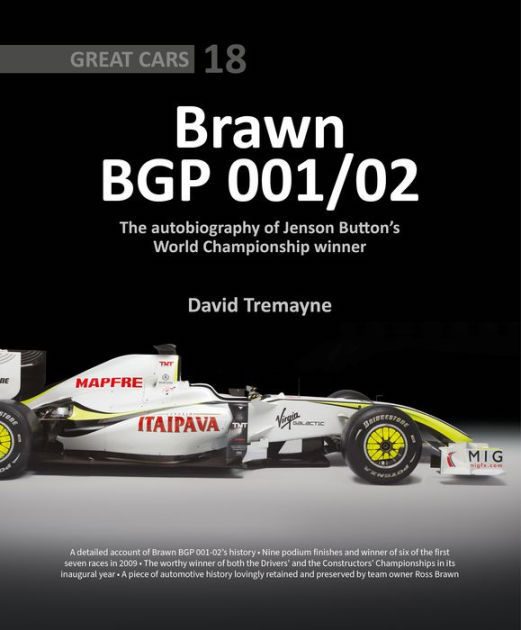 by David Tremayne
by David Tremayne
“I never had the slightest ambition to be a team owner … it happened by accident.”
The Phoenix is a common trope in accounts of motorsport history. It works like this: a team loses its sponsor, or the boss is busted for drug smuggling, and/or goes bankrupt. Then, a few years later, some chancer thinks the team name still has enough resonance—“brand equity” if you will—to leverage new sponsorship and hey presto, the Phoenix rises.
Look at 2011, when Formula One became a Theater of the Absurd tribute act, with entries from two teams called Lotus, despite neither having anything to do with the ur Team Lotus. Soon enough, both Phoenixes tumbled back to earth, as they nearly always do. Not so Brawn GP; in 2009 they flew higher than anyone else and walked away with the ultimate prize. And while this book is nominally the story of Jenson Button’s world championship-winning car, it is about so much more and was thus a particular pleasure to read.
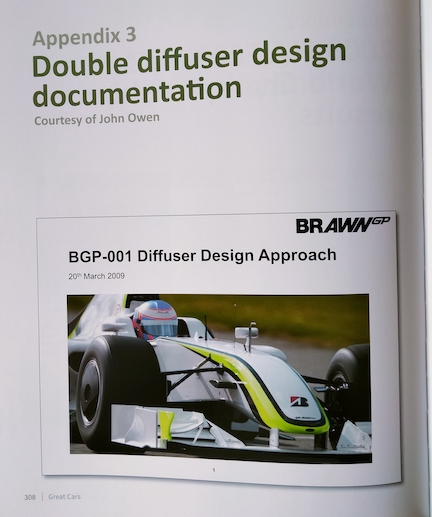 Author David Tremayne has been busy, as this book was published almost at the same time as his Derek Warwick biography. It is just as hefty, too, weighing in at 5 lb and with 319 big (12 x10”) pages and myriad illustrations. DT (his Motorsport Magazine byline) is well placed to write this book as he’s been a Formula 1 insider for decades and was also a close friend of Jenson’s father, the ebullient John Button, who died in 2014. But, despite the author’s pedigree, I approached this book with trepidation as my enthusiasm for single-chassis biographies is well in check. Just how much microscopic detail was I going to endure, even if some of it was about the Brawn’s notorious USP, the double diffuser?
Author David Tremayne has been busy, as this book was published almost at the same time as his Derek Warwick biography. It is just as hefty, too, weighing in at 5 lb and with 319 big (12 x10”) pages and myriad illustrations. DT (his Motorsport Magazine byline) is well placed to write this book as he’s been a Formula 1 insider for decades and was also a close friend of Jenson’s father, the ebullient John Button, who died in 2014. But, despite the author’s pedigree, I approached this book with trepidation as my enthusiasm for single-chassis biographies is well in check. Just how much microscopic detail was I going to endure, even if some of it was about the Brawn’s notorious USP, the double diffuser?
The Index provided immediate comfort because it revealed that the book isn’t really about BGP 001/02 at all, but the story of how Brawn GP was conceived, flew high, and then disappeared forever—all within less than a year.
The book’s eight parts (comprising 28 chapters) start with the bombshell of Honda telling Ross Brawn that it had decided to quit Formula 1 on 28 November 2008 and ends with Brawn announcing the sale of Brawn GP to Mercedes 50 weeks later. The other chapters recount the 2009 Formula 1 season with a race-by-race summary. It needs to be there, for the sake of making a fully rounded book, but readers interested in this subject will already know the highlights and, while it’s fun to be reminded of forgotten drivers (Jaime Algueserai and Vitantonio Liuzzi, anybody?), the appeal of this book is how it handles what happened off track before, during, and after the racing.
There’s enough material for a Greek tragedy . . . betrayal, inflated egos, rage, intrigue, generosity, joy, loyalty and, for good measure, more betrayal. It was such a good story that Keanu Reeves turned it into a surprisingly good documentary on Disney+/Hulu (Brawn: The Impossible Formula 1 Story).
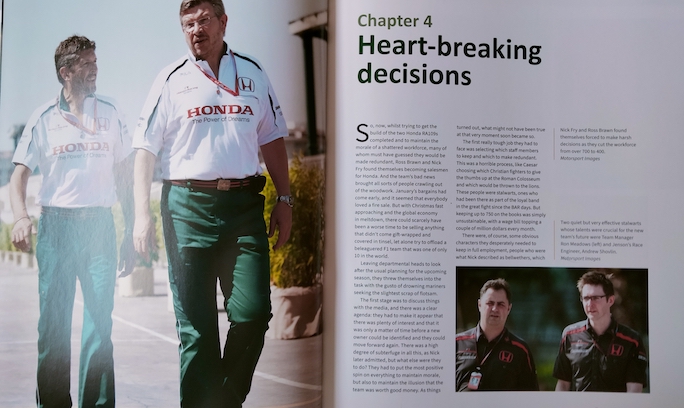
The Brawn Phoenix rose out of the ashes of Honda’s latest, and possibly last, venture into Formula 1 as a manufacturer. It had won only one Grand Prix, it had made a car with “Earth Dreams” branding which made it a laughing stock, and I suspect the demise of Lehman Brothers was a handy hook upon which to hang their decision. Who’d have thought that the butterfly wings of a subprime mortgage in America’s rustbelt would cripple a global giant like Honda? Or that Honda (who’d been manufacturing road cars in the UK since 1985) was so unaware of employment protection law that it thought it could simply lock the doors and walk away from its Formula 1 operation?
But it couldn’t just walk, and the rest is the history recounted here. The story starts with the sharks, fraudsters, and con artists who had smelled blood in the water and circled the stricken team in the hope of a quick kill. It is testament to Ross Brawn and Nick Fry that the right deal was done, costing Brawn the £1 coin that Honda’s motorsport boss Hiroshi Oshima has still kept. It cost Honda a little more—$100 million more in fact, essentially the price of the legal hurdles—and, by 23 February 2009, Fry was able to say “We actually own this.”
The so-called Piranha Club of Formula 1 can sometimes act against type, and such was the case here. Ferrari had been the first to offer an engine deal but the small print was an issue. As Ferrari boss and pantomime villain Luca Di Montezemolo had said about his engines: “But don’t beat us with them!” As if. So, a Mercedes V8 it was, and with not a little help from Saneyuke Minagawa, the new team was ready to face the world’s best.
You guessed already, right? Minagawa was the “diffident but clever” engineer who had spotted the double diffuser-shaped hole in the 2009 Formula 1 rule book. Tremayne rightly devotes space to explaining the alchemy of the double diffuser, but the Brawn BGP 001 wasn’t just a one trick pony, as the airflow-smoothing rear brake drums had at least as big an impact, or so Brawn’s John Owen insisted. Who knew?
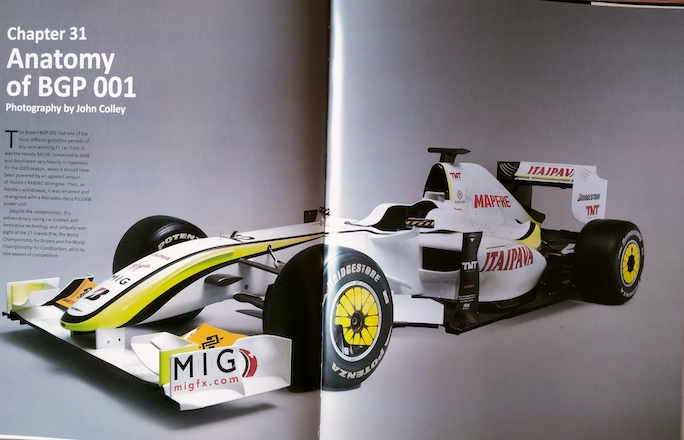
There are some wonderful pictures in this book, especially in the final chapter (“Anatomy of BGP 001”) which comprises exquisitely composed pictures of the Brawn’s every intimate tuck and crease. 2024 Grands Prix have been contested by morbidly obese and absurdly lengthy cars but the Brawn is a compact featherweight in contrast. It’s a meter shorter and 200 kg lighter, and it was a looker too. Who cares if the nose was a fever dream of Computational Fluid Dynamics and the rear wing so narrow, the car was svelte, sexy, and fast. Its simple livery bore witness to a dearth of sponsors, and speaking as a fly fisherman like Ross Brawn, I can’t help but notice that the flouro green stripes are the exact same color as some hi-vis fly lines. Coincidence, Ross, or a nod to happy days catching trout on your chalk stream?
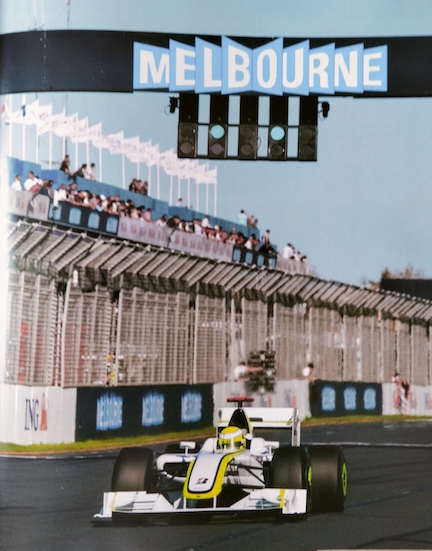 The slings and arrows of 2009 are elegantly recounted, from the early triumphs to the outrage of the vanquished also-rans. The latter is best exemplified by the shamelessly opportunistic Flavio Briatore’s claim that the championship was being “fought between a pensioner and a parracoro.*” This was the same Briatore, let’s not forget, who was banned for having fixed the result of the Singapore Grand Prix the previous season! The account of the season also bears testimony to the fact that the word “teammate” is often the biggest oxymoron in motor racing. Even serial nice guy Rubens B. was to become ever more tight-lipped about being beaten by regular guy Jenson, whose butter-wouldn’t-melt insouciance was a fig leaf that fooled nobody. But it was still a shock to be reminded that Button’s last win of the season was in early June.
The slings and arrows of 2009 are elegantly recounted, from the early triumphs to the outrage of the vanquished also-rans. The latter is best exemplified by the shamelessly opportunistic Flavio Briatore’s claim that the championship was being “fought between a pensioner and a parracoro.*” This was the same Briatore, let’s not forget, who was banned for having fixed the result of the Singapore Grand Prix the previous season! The account of the season also bears testimony to the fact that the word “teammate” is often the biggest oxymoron in motor racing. Even serial nice guy Rubens B. was to become ever more tight-lipped about being beaten by regular guy Jenson, whose butter-wouldn’t-melt insouciance was a fig leaf that fooled nobody. But it was still a shock to be reminded that Button’s last win of the season was in early June.
The end of Brawn was as abrupt as its genesis. The team formerly known as Honda, BAR, and Tyrrell became Mercedes, a team so German it’s headed up by an Austrian, employs two British drivers and is based at Brackley, a short drive from Silverstone. In an echo of events a year before, Ross Brawn was dignity and calm personified, which was more than could be said about Nick Fry when he learned that Jenson had signed with McLaren. “I sent Jenson packing and shouted after him ‘And you can take your high-street solicitor with you.’” Which possibly said rather more about Fry than it did Richard Goddard and his world champion client.
This is a big book which tells the story of a fairy tale season. A story which, now that Formula One is dangerously close to being a cartel (just ask the Andretti family) will never be repeated. Brawn’s truth reads like Hollywood fiction in 2024. Maybe Brad Pitt could star? 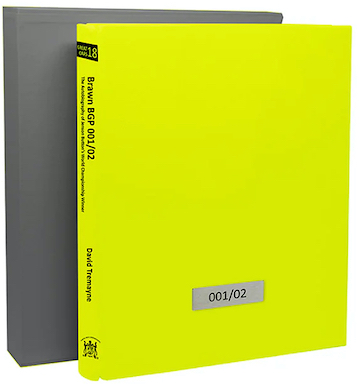
Also available in a limited edition of 50 numbered and autographed (by Tremayne, Nick Fry, Ross Brawn) copies bound in “Brawn” yellow leather, $463 / £350.
*Parracoro – milestone marker, concrete bollard. Sadly, there is no English word that is equivalent to Briatore.
Copyright John Aston, 2024 (speedreaders.info)


 RSS Feed - Comments
RSS Feed - Comments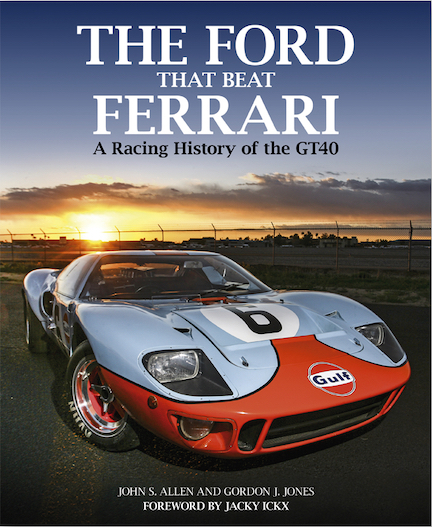
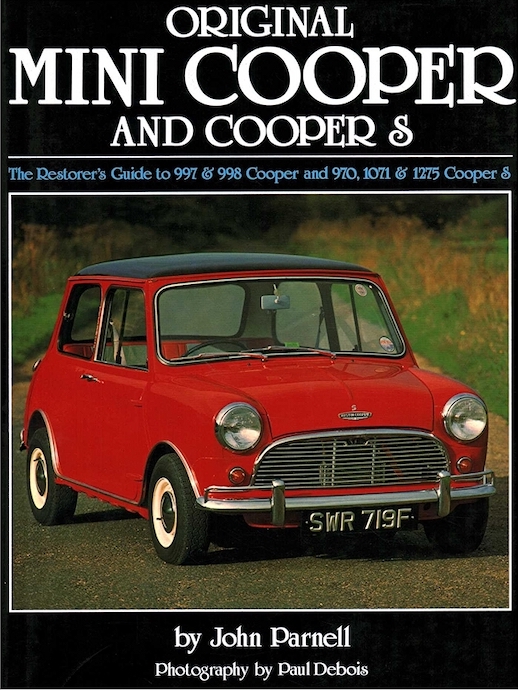

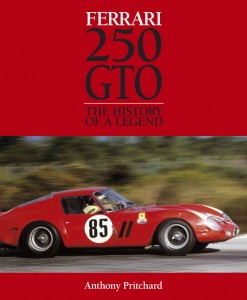
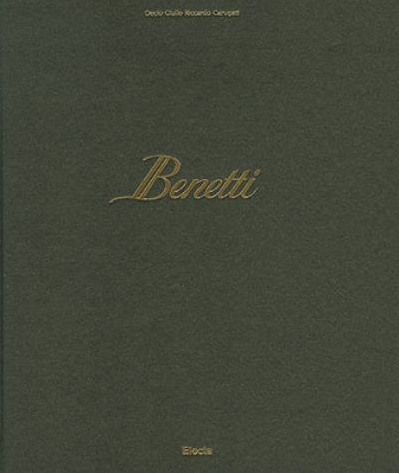

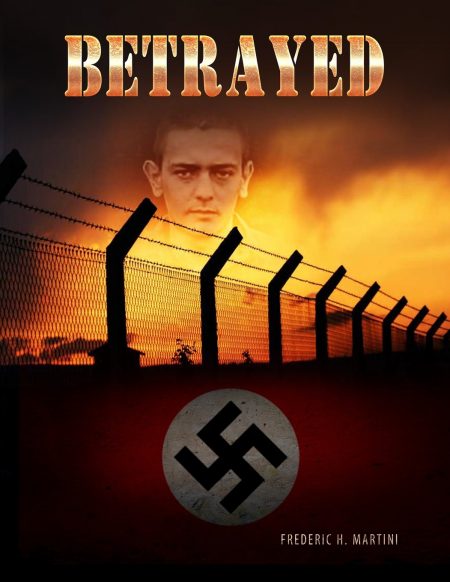
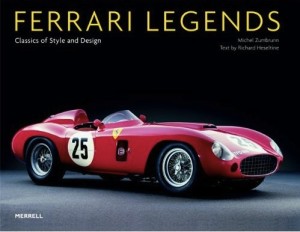

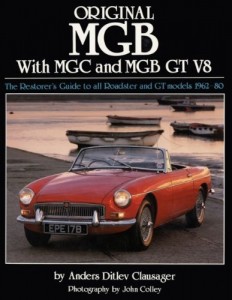

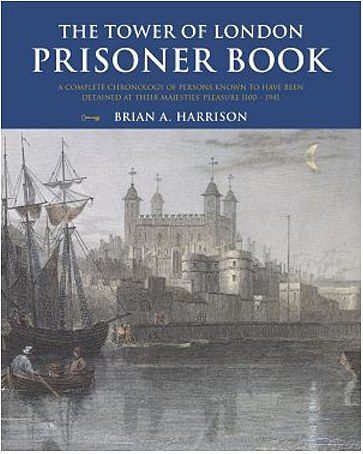
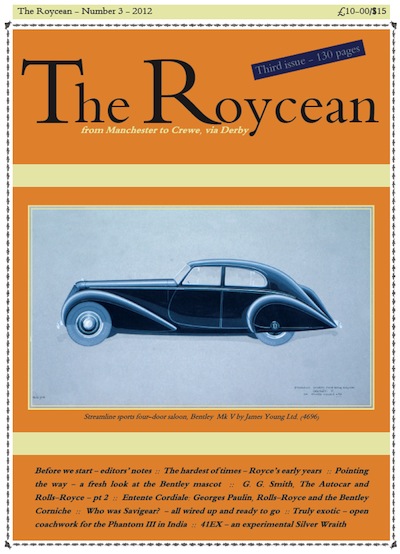
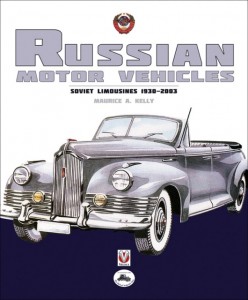
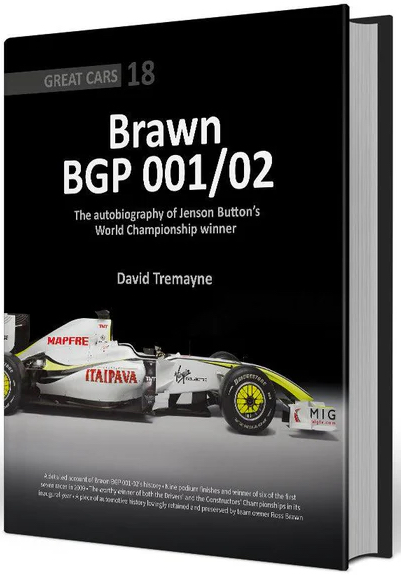
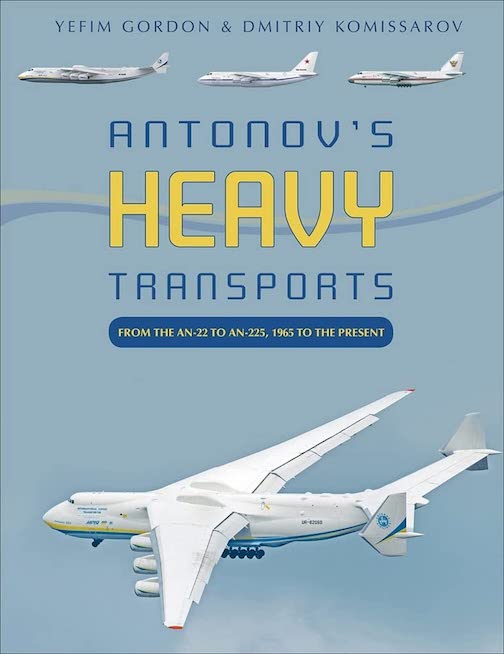
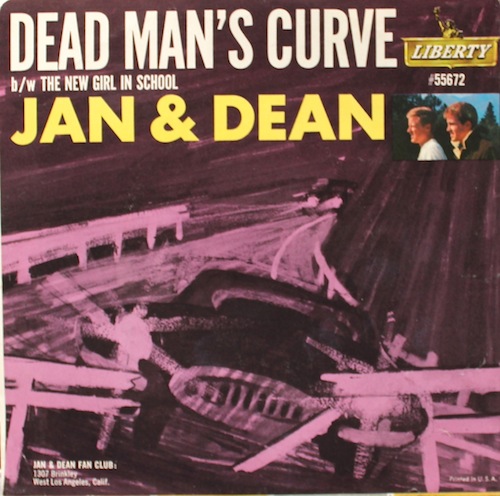


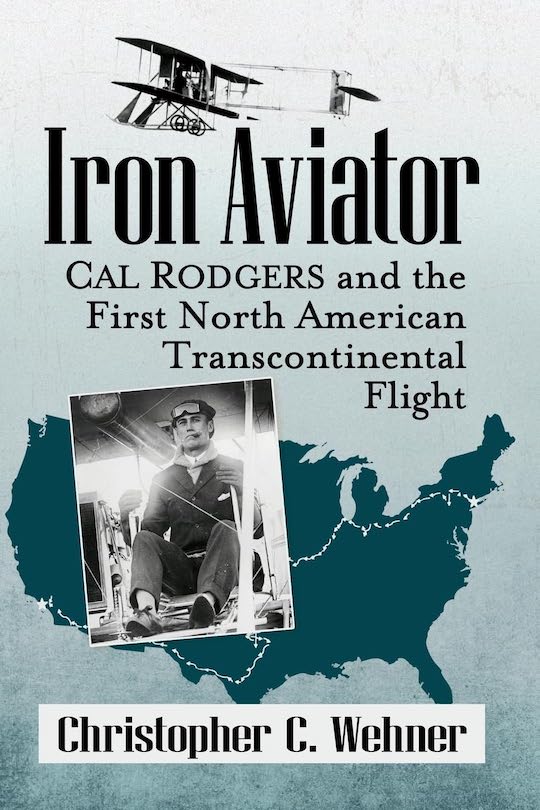
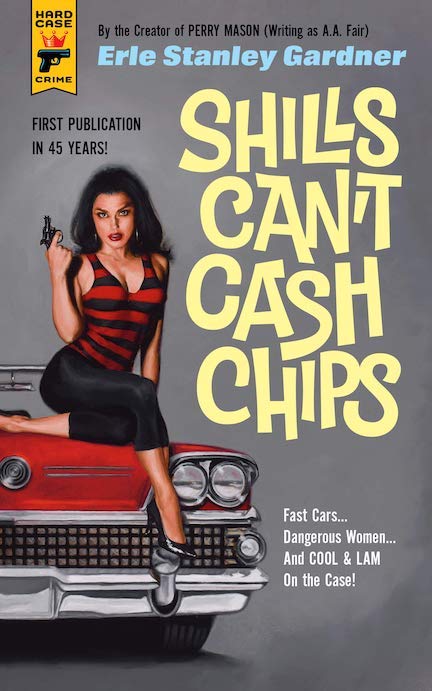
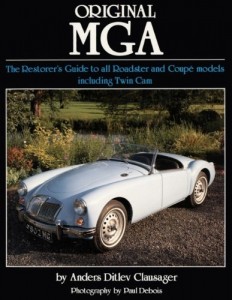
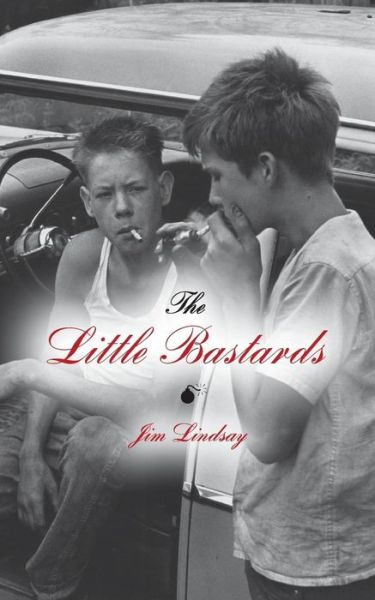
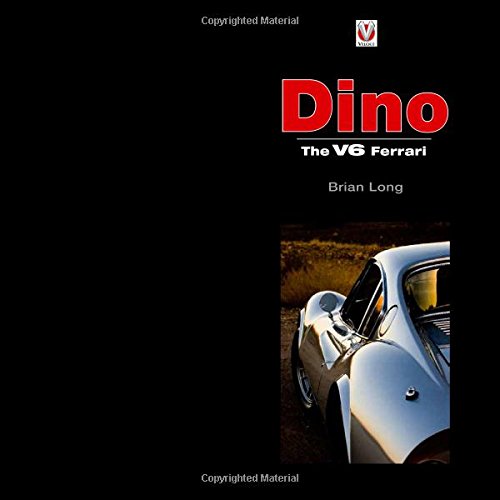
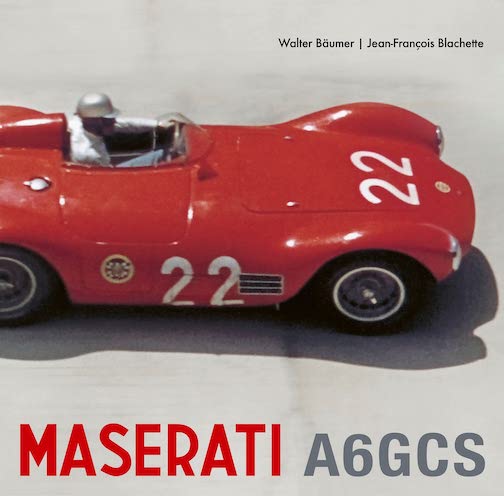

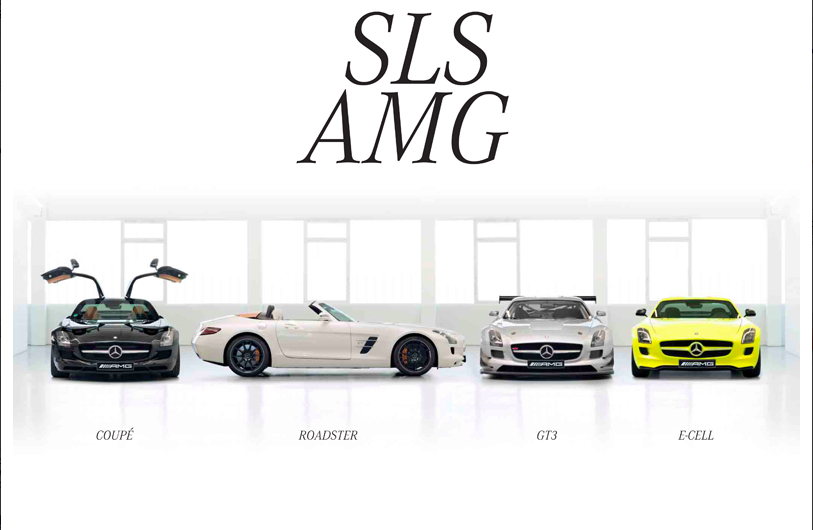
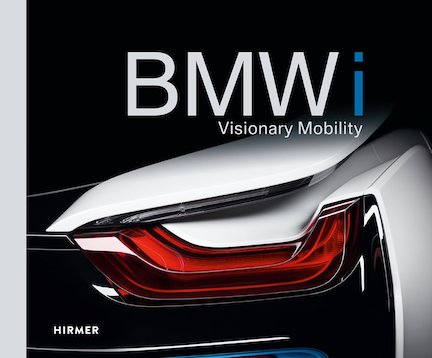

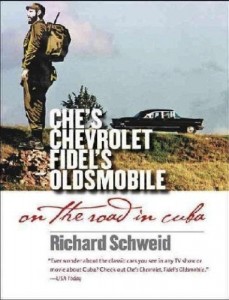

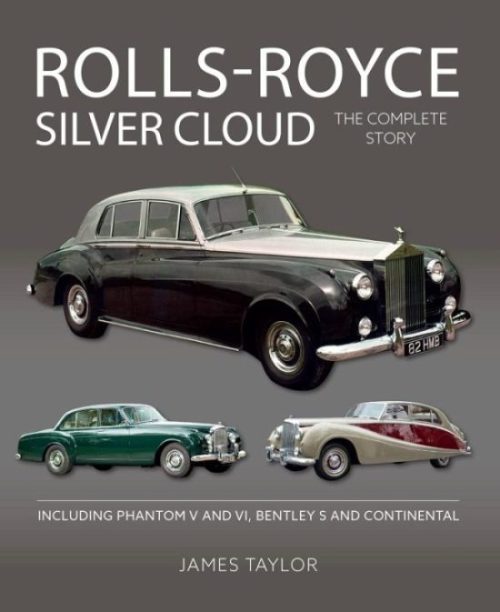
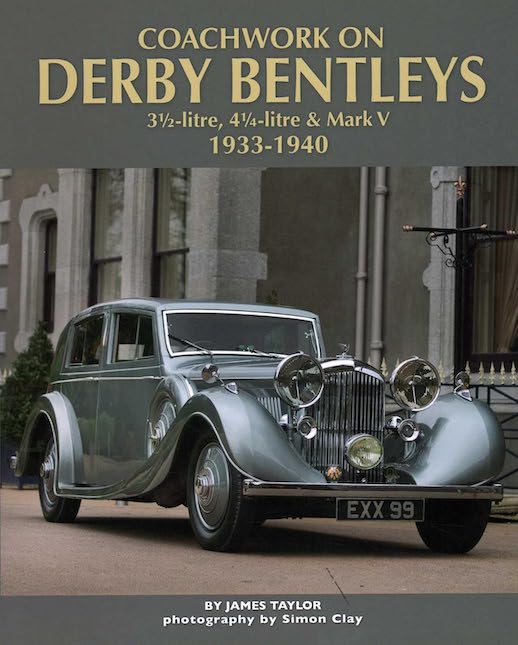

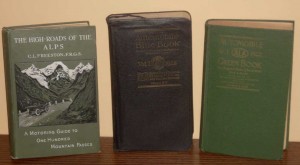


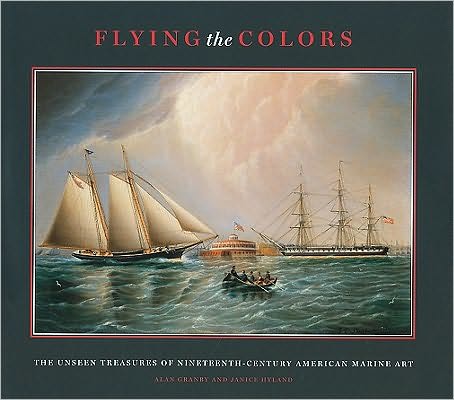
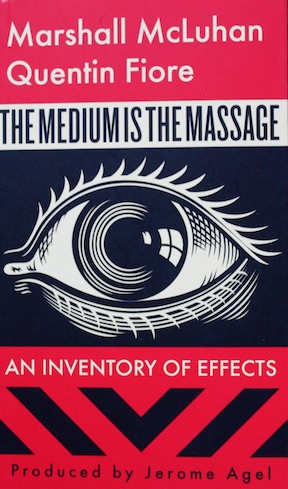
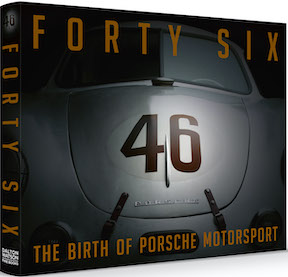
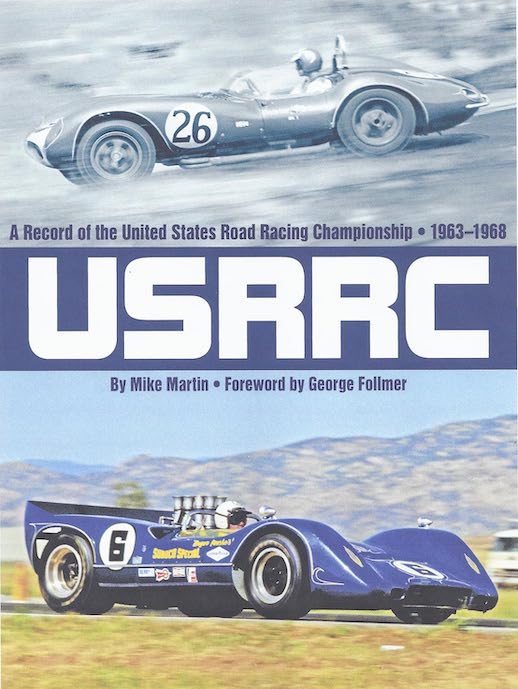

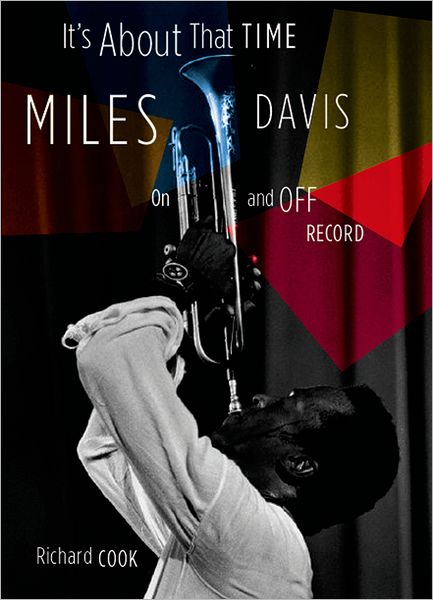
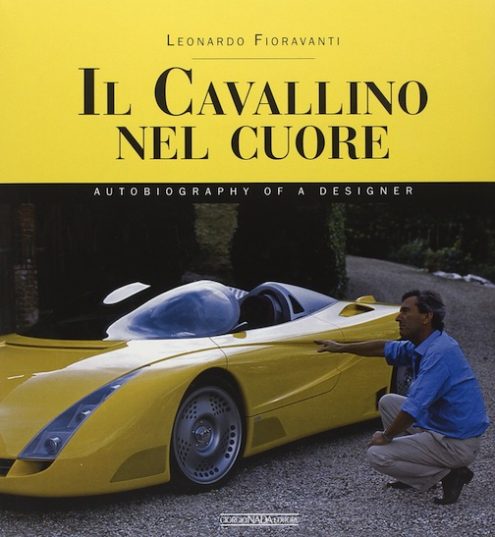

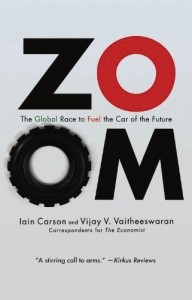
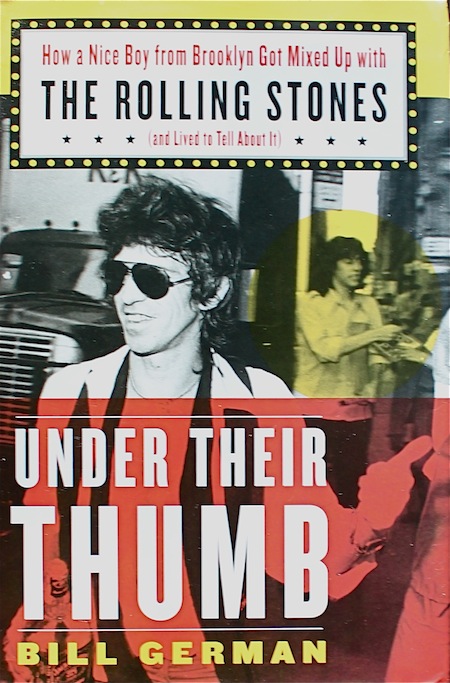
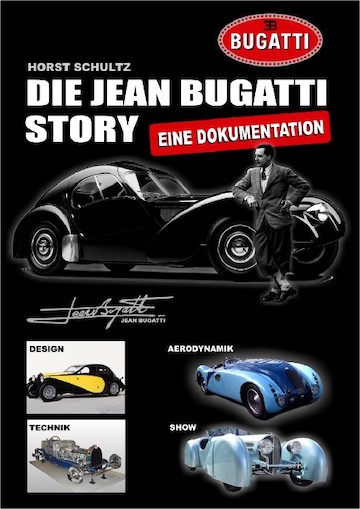

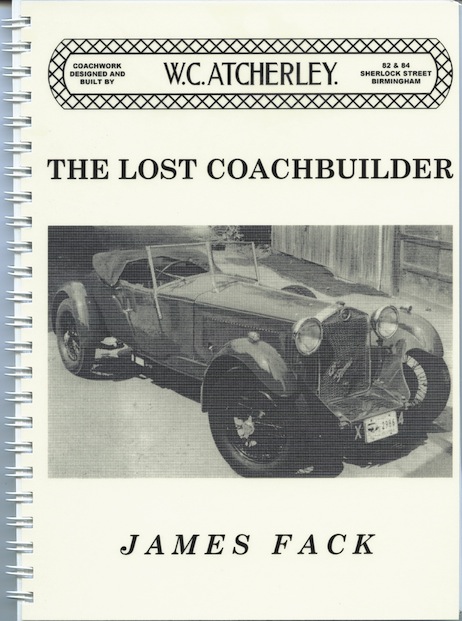
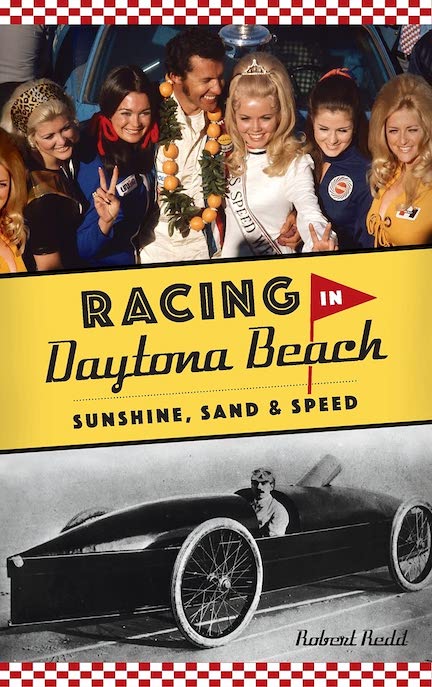
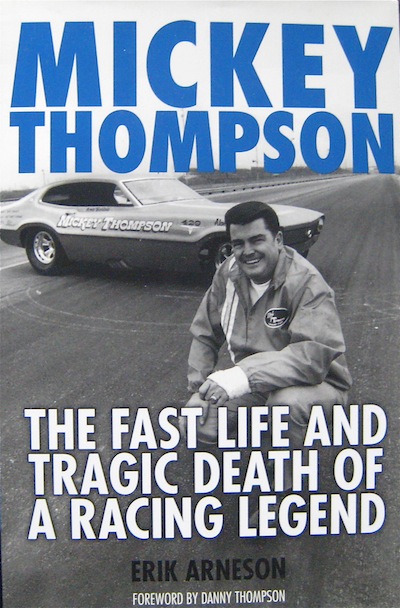
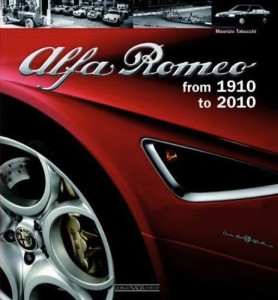

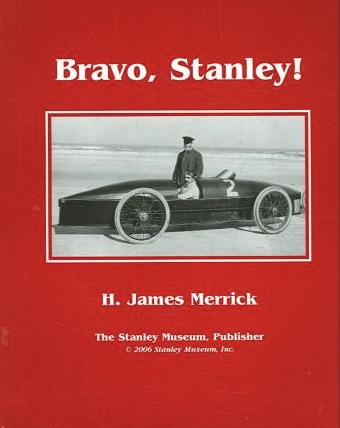
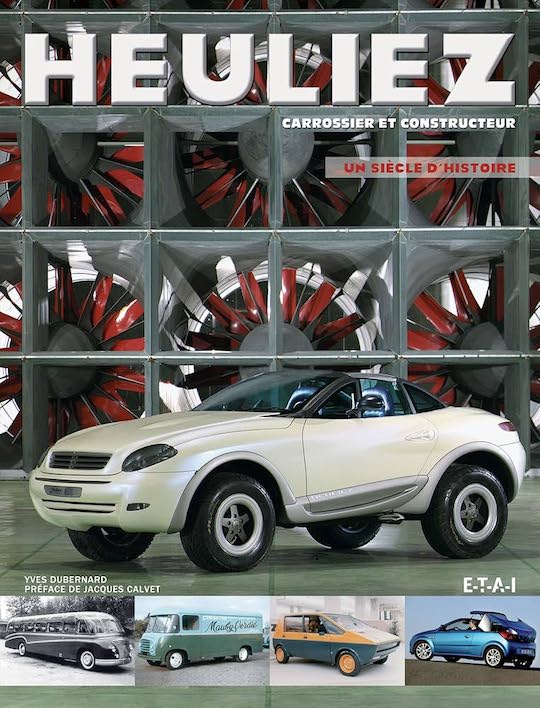
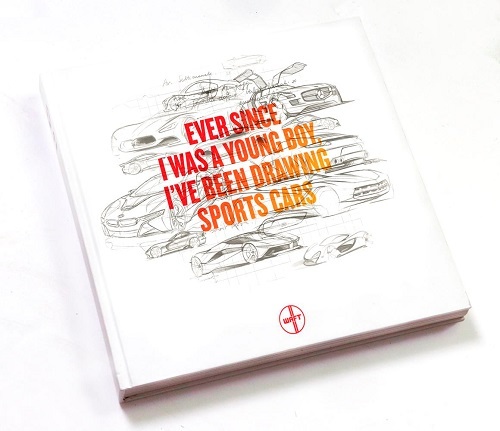
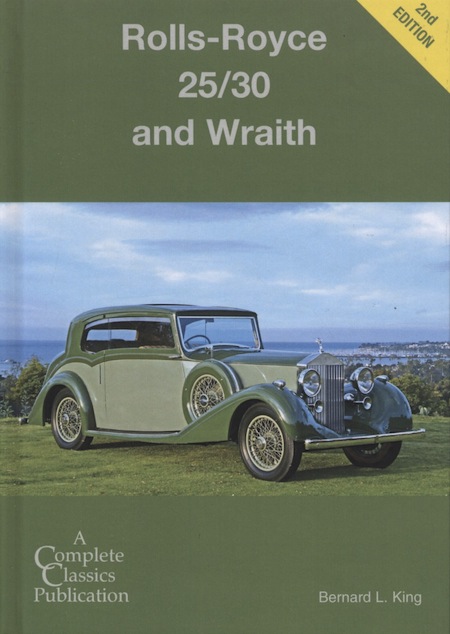
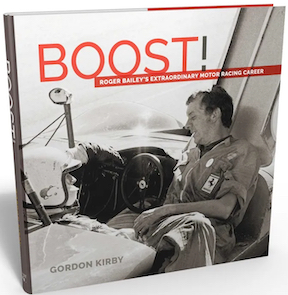
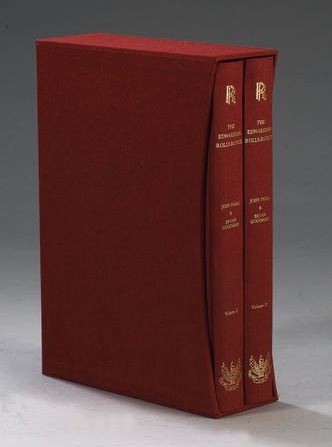
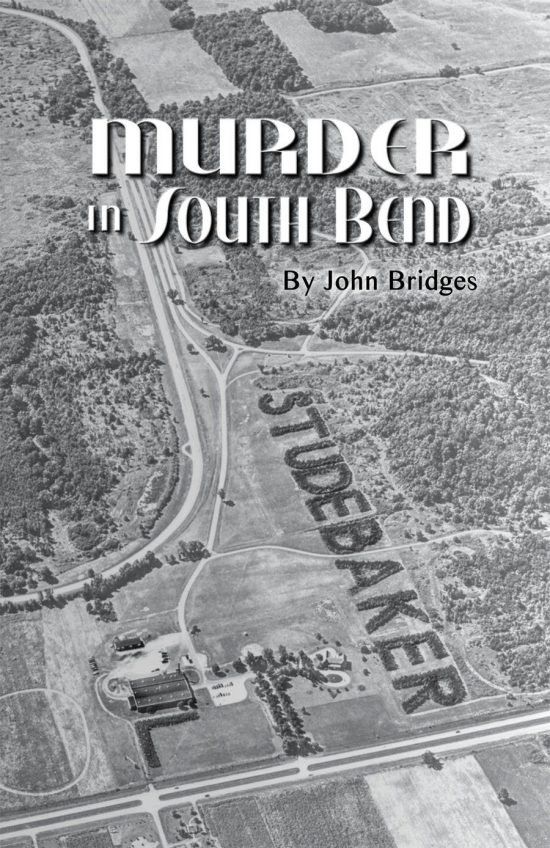
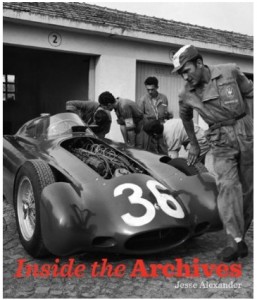
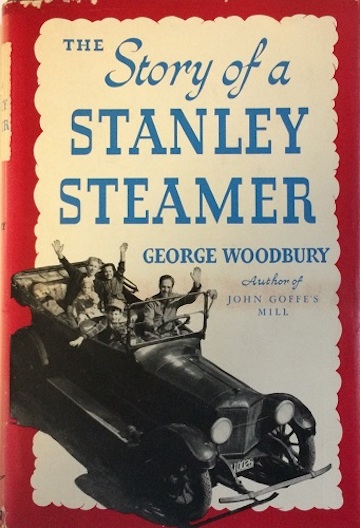
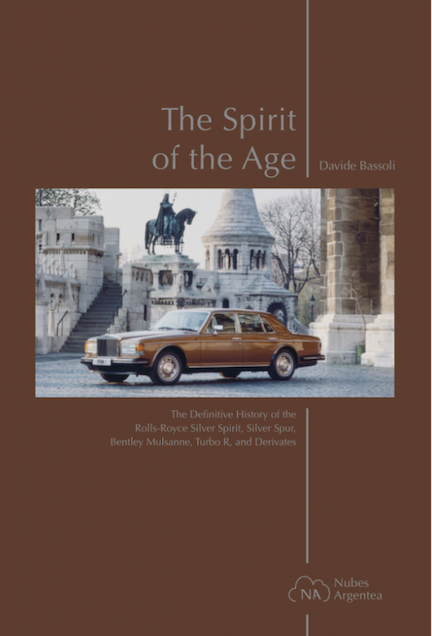


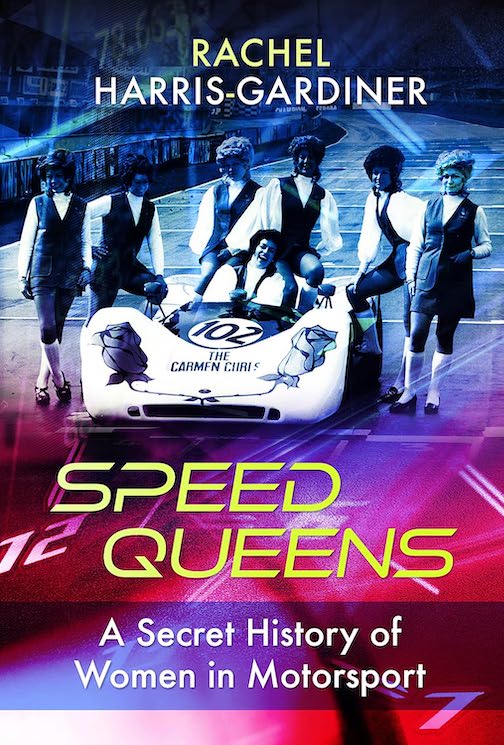
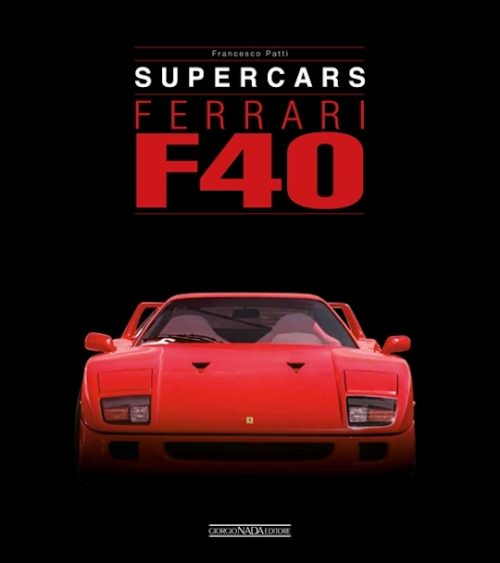
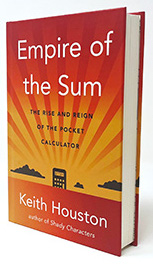
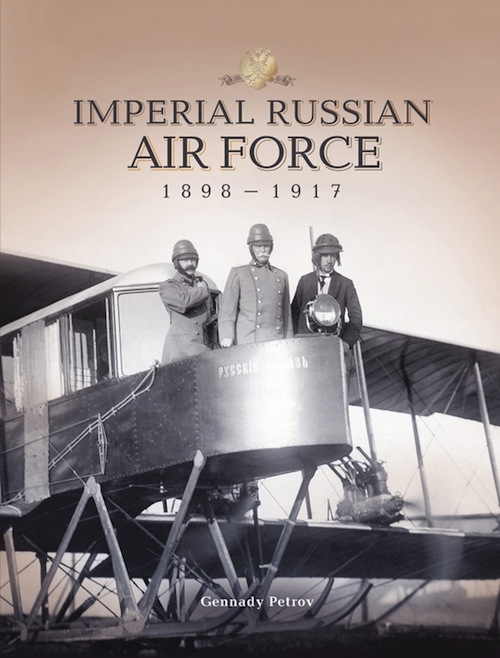

 Phone / Mail / Email
Phone / Mail / Email RSS Feed
RSS Feed Facebook
Facebook Twitter
Twitter